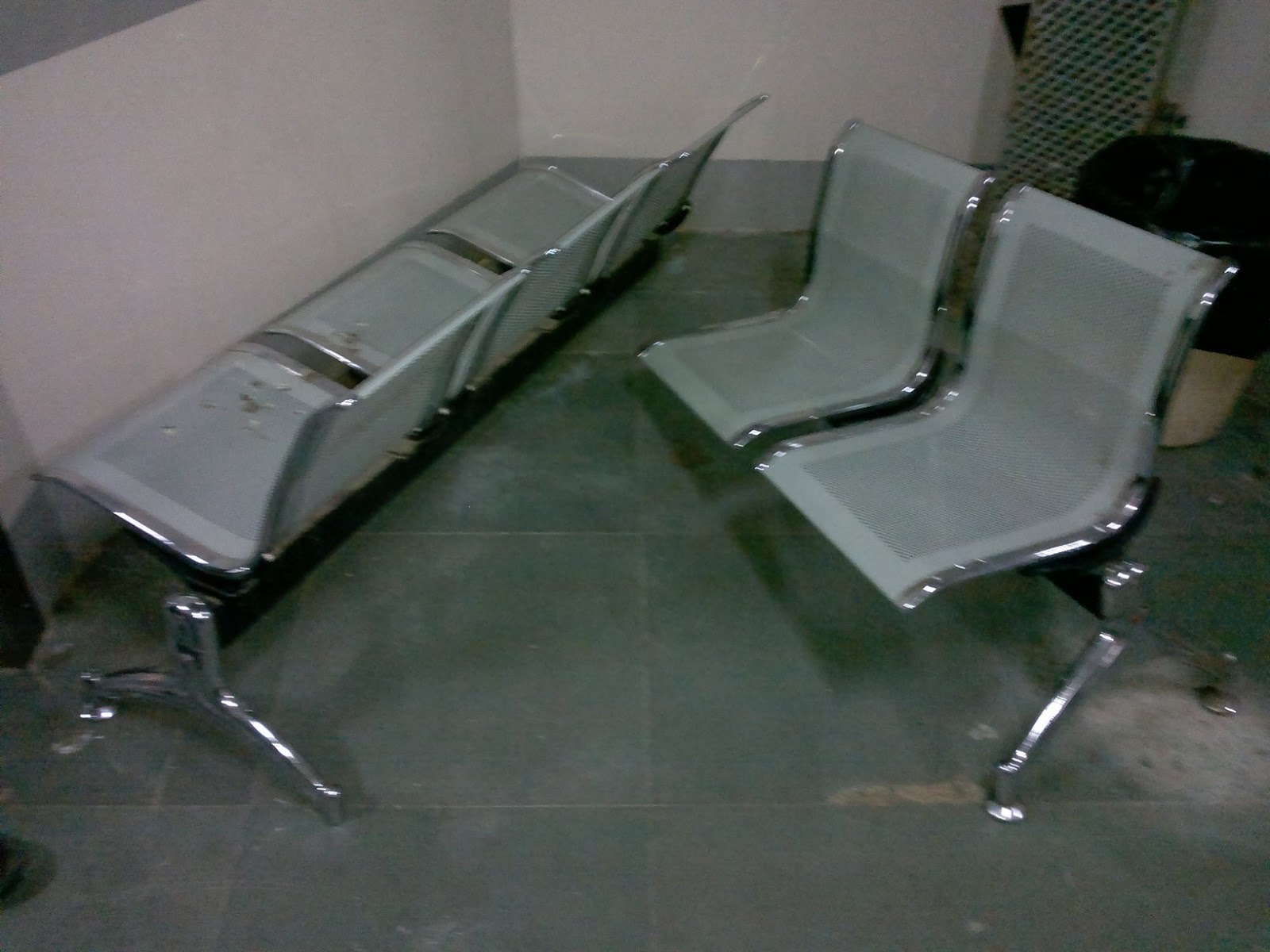We had this offer of a small donation from the funds in the whatever Jubilee Society Trust, for purchase of equipment that we cannot procure following civic resources. I had trouble getting sphygmomanometers for the labor ward. So I took this opportunity and asked for 30 of them. The standard procedure is to ask for three quotations from different vendors, and order from the lowest quoter, provided it is approved by the trustees of the trust. With an extensive experience of their modus operandi, I got three quotations in prescribed format, tabulated the prices and recommende the lowest quoter. Then I went on vacation. In my absence, the letter was answered as follows.
'You are granted the required amount. Please get three quotations, get the approval of the trustees, then place order, and submit the bill for payment in 60 days.'
The working staff members started getting quotations, but did not make much progress until I resumed duty. When I learned about all this, I called the trust office and asked why they had asked me to get new quotations. They made me wait, checked records and said,
"We have your three quotations."
"Then why ask me to get three quotations again?"
"We get many proposals, and we cannot write different letters to different people. Our chief told us to send a standard letter."
I was aghast. Such administration is indeed praiseworthy!
"I cannot get three quotations again. All that work took a lot of time, efforts and energy."
"No, no! You can place order" the clerk said.
"Do you have the authority to allow me to do so? The last time you asked me to something, I did it. Then the trustees raised hue and cry, and you were nowhere in the picture" I said. "Your letter tells me to get trustees approval before placing an order. I won't place an order because you tell me on phone to do so."
"But we have the approval here. You ask for the approval paper."
I started losing patience and temper both.
"See, I send you a comprehensive proposal and expect an answer to it. I do not get paid to make multiple efforts when my first effort is perfect, only because you cannot write appropriate answers to proposals. I have to do other work in that time."
"OK, I will send you all papers with the necessary approval."
"Please do" I said and put the phone down "though it would have been better if you had done without me losing time, temper and getting stressed out trying to make you understand procedures." Readers must understand that I said the latter part after putting the phone down, so that the trust's finer feelings would not be hurt, though I could not see why I should bother.
'You are granted the required amount. Please get three quotations, get the approval of the trustees, then place order, and submit the bill for payment in 60 days.'
The working staff members started getting quotations, but did not make much progress until I resumed duty. When I learned about all this, I called the trust office and asked why they had asked me to get new quotations. They made me wait, checked records and said,
"We have your three quotations."
"Then why ask me to get three quotations again?"
"We get many proposals, and we cannot write different letters to different people. Our chief told us to send a standard letter."
I was aghast. Such administration is indeed praiseworthy!
"I cannot get three quotations again. All that work took a lot of time, efforts and energy."
"No, no! You can place order" the clerk said.
"Do you have the authority to allow me to do so? The last time you asked me to something, I did it. Then the trustees raised hue and cry, and you were nowhere in the picture" I said. "Your letter tells me to get trustees approval before placing an order. I won't place an order because you tell me on phone to do so."
"But we have the approval here. You ask for the approval paper."
I started losing patience and temper both.
"See, I send you a comprehensive proposal and expect an answer to it. I do not get paid to make multiple efforts when my first effort is perfect, only because you cannot write appropriate answers to proposals. I have to do other work in that time."
"OK, I will send you all papers with the necessary approval."
"Please do" I said and put the phone down "though it would have been better if you had done without me losing time, temper and getting stressed out trying to make you understand procedures." Readers must understand that I said the latter part after putting the phone down, so that the trust's finer feelings would not be hurt, though I could not see why I should bother.



